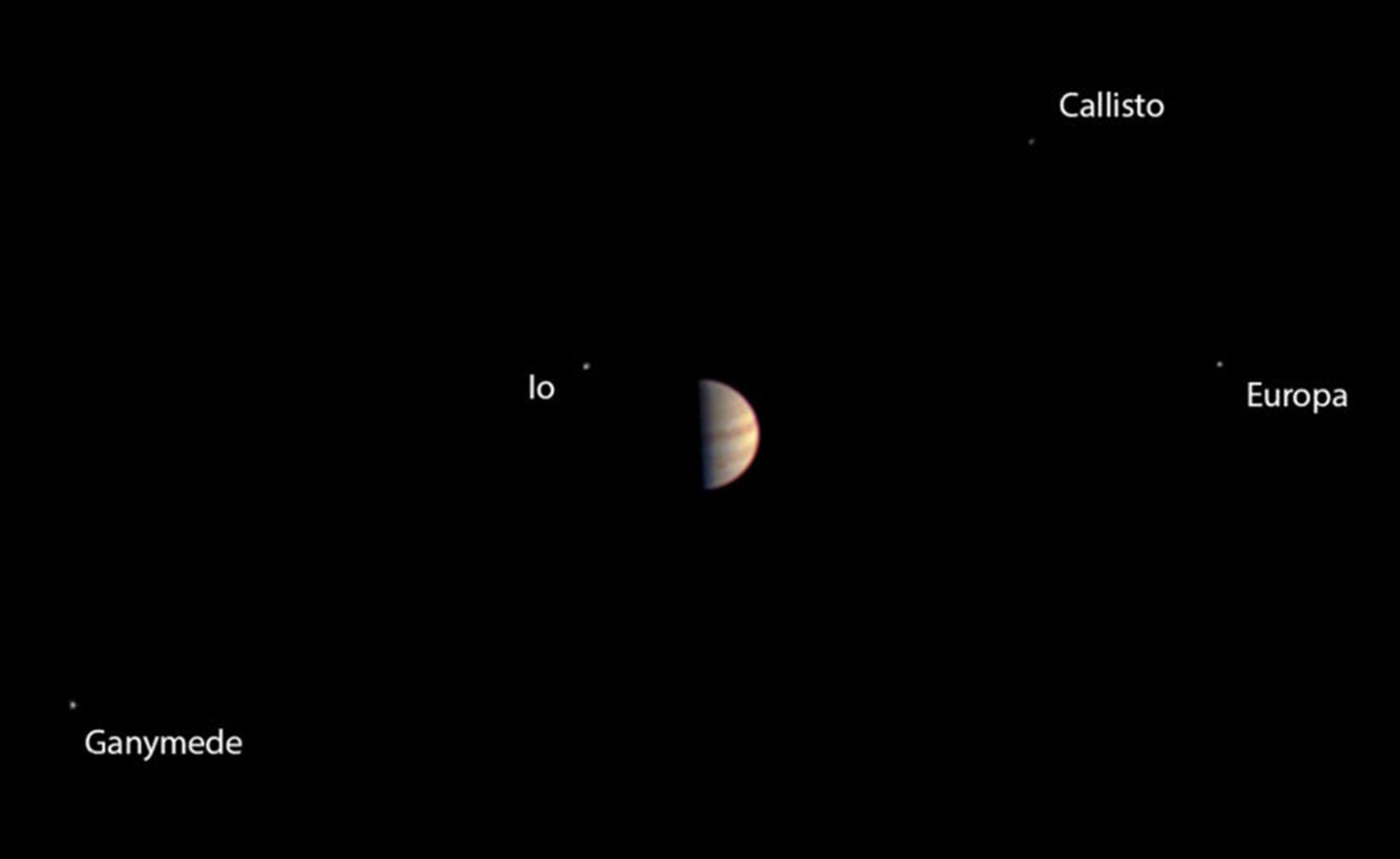Juno probe reaches Jupiter orbit after five-year NASA mission
The mission’s chief scientist describes it as ‘the hardest thing Nasa's ever done’
Your support helps us to tell the story
From reproductive rights to climate change to Big Tech, The Independent is on the ground when the story is developing. Whether it's investigating the financials of Elon Musk's pro-Trump PAC or producing our latest documentary, 'The A Word', which shines a light on the American women fighting for reproductive rights, we know how important it is to parse out the facts from the messaging.
At such a critical moment in US history, we need reporters on the ground. Your donation allows us to keep sending journalists to speak to both sides of the story.
The Independent is trusted by Americans across the entire political spectrum. And unlike many other quality news outlets, we choose not to lock Americans out of our reporting and analysis with paywalls. We believe quality journalism should be available to everyone, paid for by those who can afford it.
Your support makes all the difference.Nasa's Juno space probe has successfully entered orbit around Jupiter, arriving at the gas giant after a five-year journey from Earth.
The spacecraft completed a high-risk manouevre to slow down as it approached the planet, firing a rocket based on calculations which, if only slightly wrong, would have seen the £890m probe drift blast into oblivion.
A signal, received back on Earth to indicate the rocket blast had been a success, was met with cheering and applause at the mission's base at the Nasa Jet Propulsion Laboratory in California at around 4.54am (BST).
Chief scientist Scott Bolton congratulated his team, saying: “You've just done the hardest thing Nasa's ever done.”

Juno will now face many challenges as it orbits in one of the harshest environments in the solar system, in the firing line for high levels of radiation and high-velocity dust and particles.
But if all goes to plan, the probe will return data and stunning images to offer an unprecedented insight into our largest near planet.
The arrival at Jupiter was dramatic. As Juno approached its target at around 3.18am, it fired its rocket engine to slow itself down and gently slipped into orbit. Because of the communication time lag between Jupiter and Earth, Juno was on autopilot when it executed the move.
“Juno, welcome to Jupiter,” said mission control commentator Jennifer Delavan of Lockheed Martin, which built Juno.
The spacecraft's camera and other instruments were switched off for arrival, so there won't be any pictures at the moment it reaches its destination. Hours before the encounter, Nasa released a series of images taken last week during the approach, showing Jupiter glowing yellow in the distance, circled by its four inner moons.
Scientists have promised close-up views of the planet when Juno skims the cloud tops during the 20-month mission.

Join our commenting forum
Join thought-provoking conversations, follow other Independent readers and see their replies
Comments